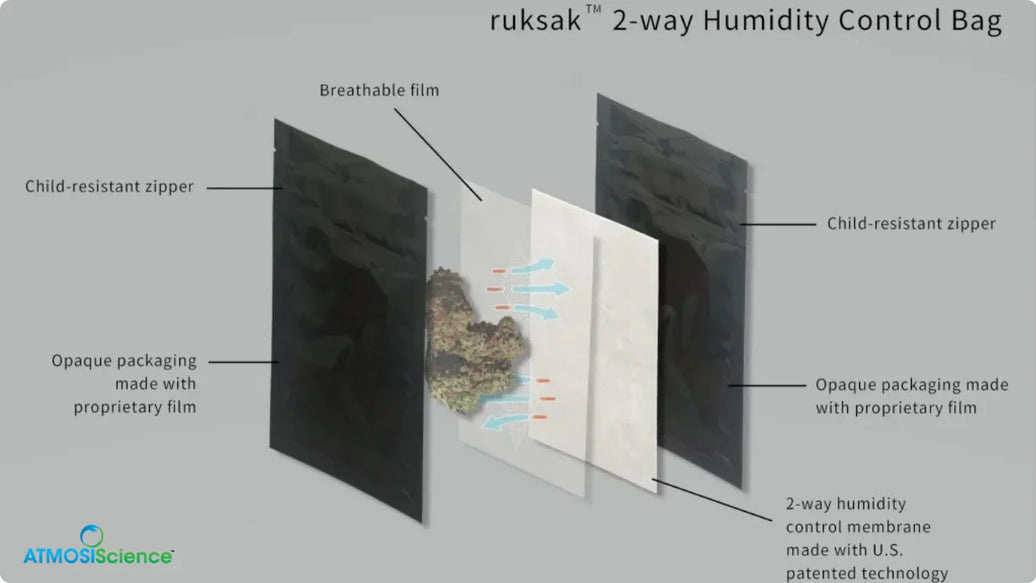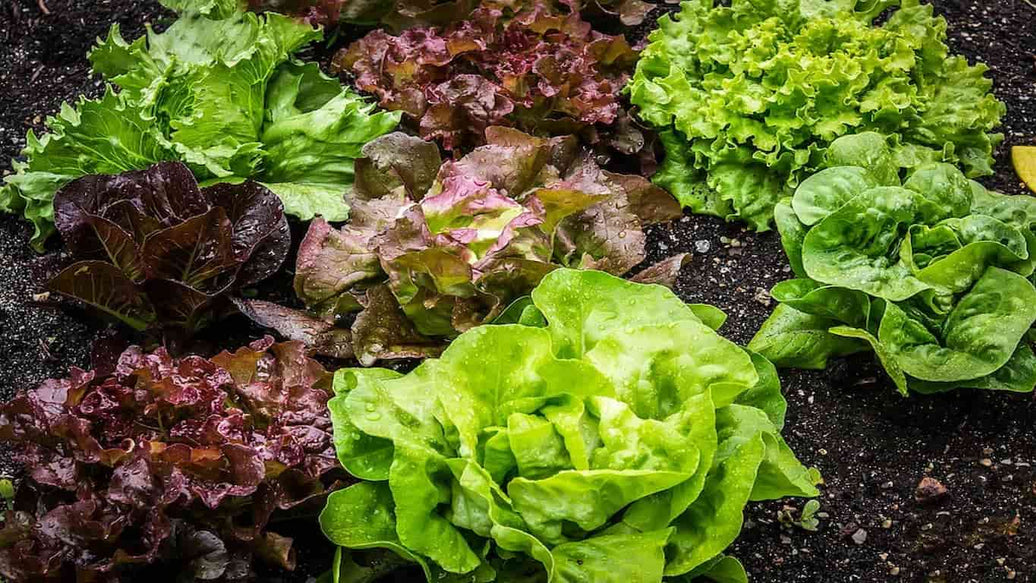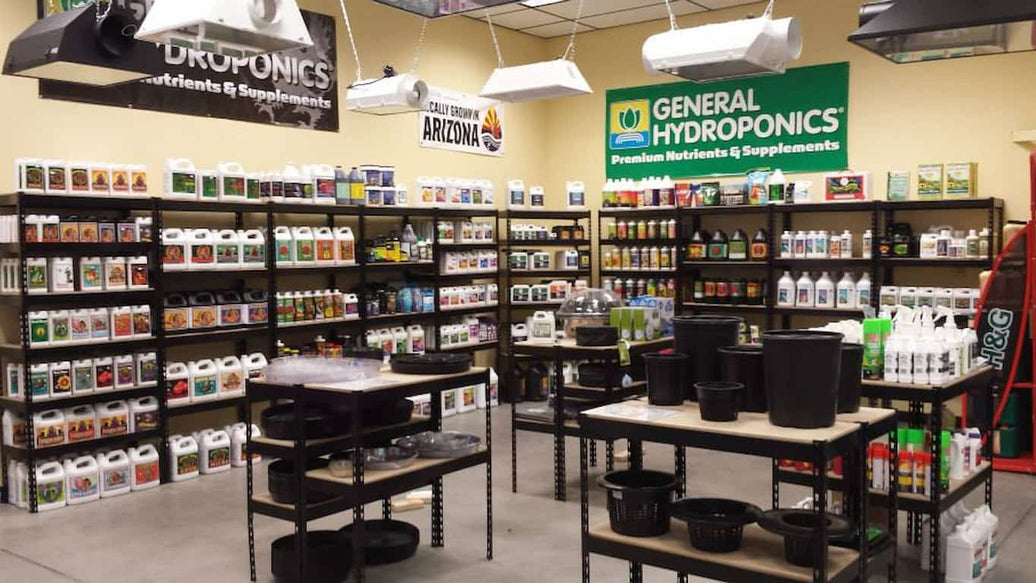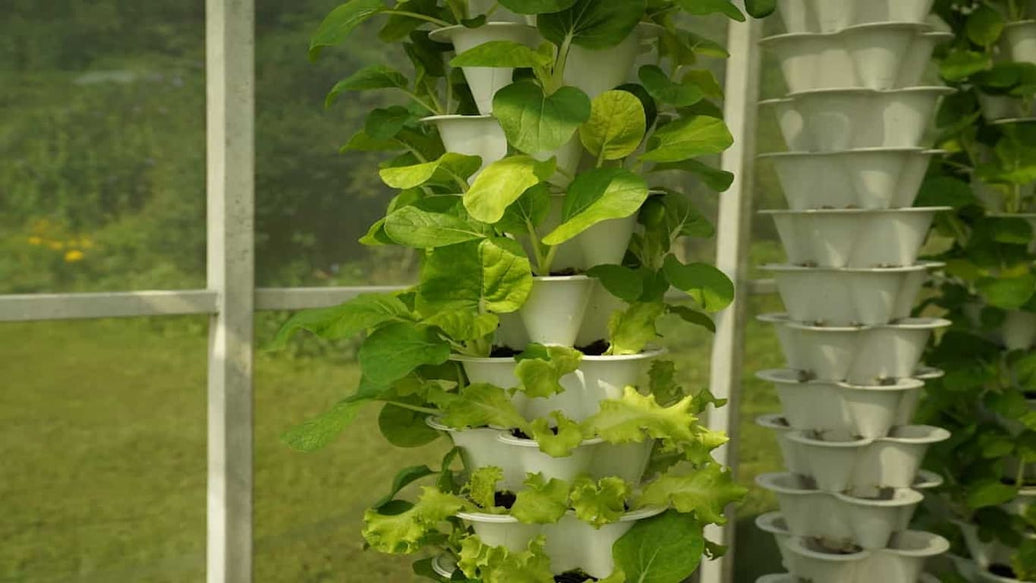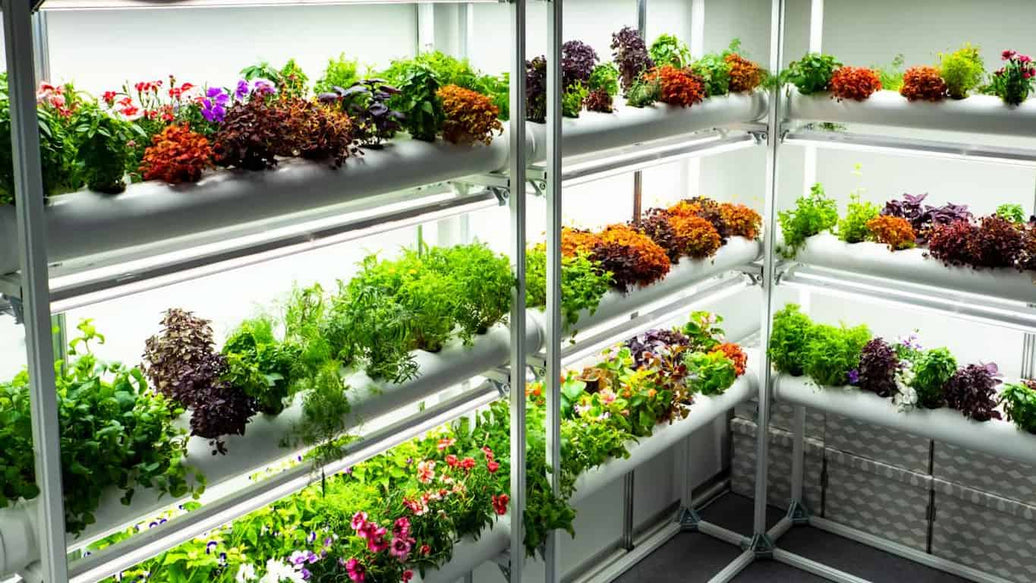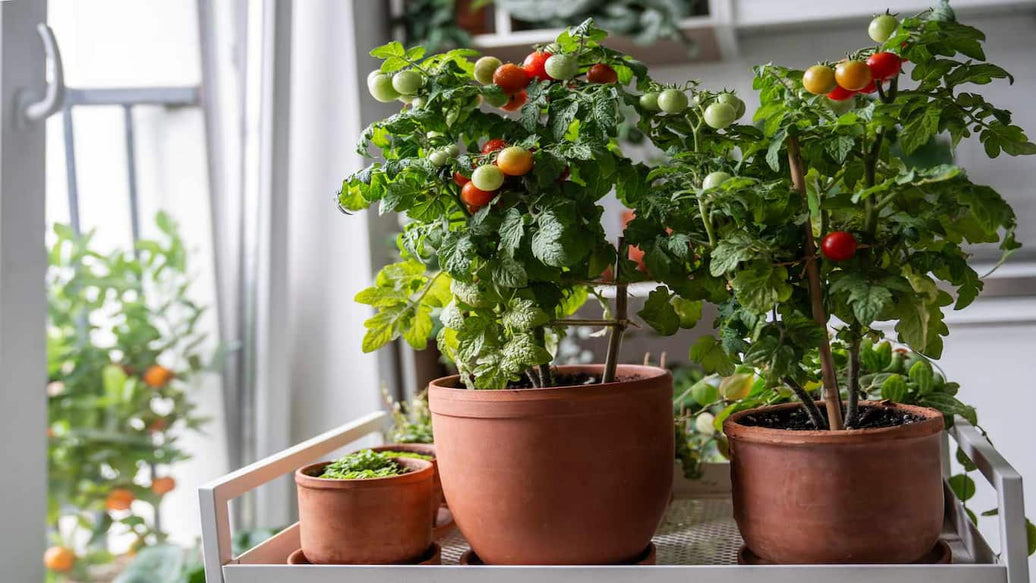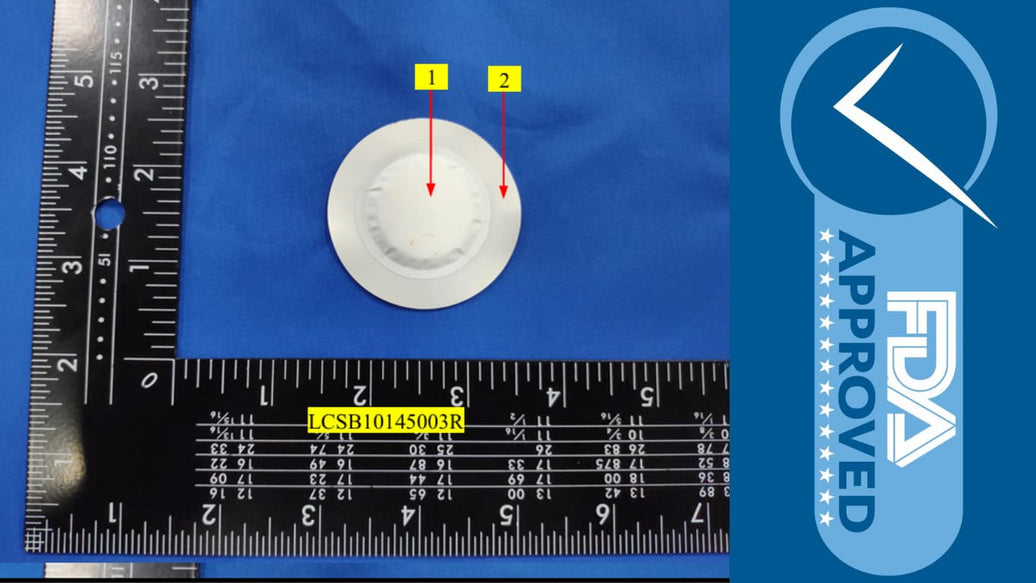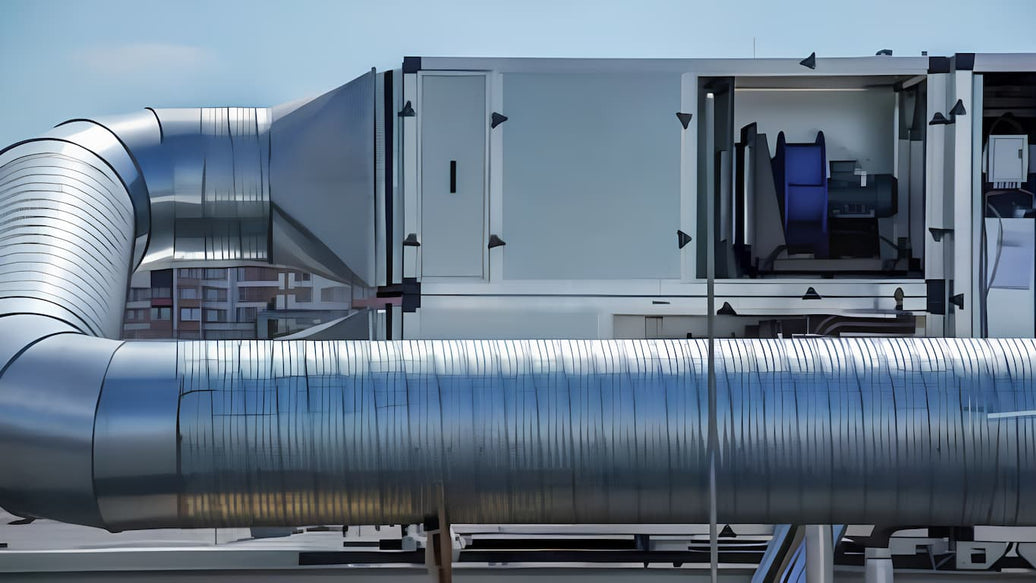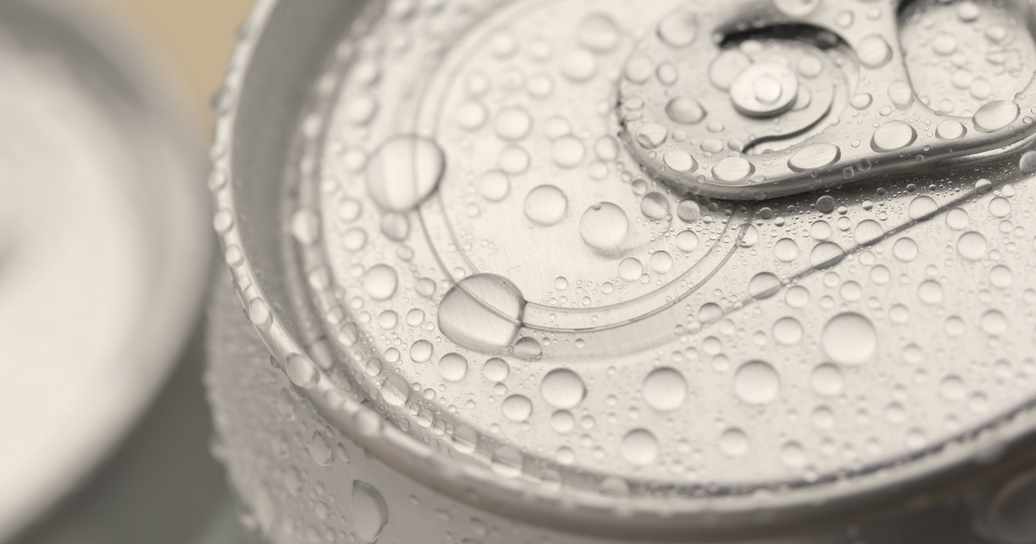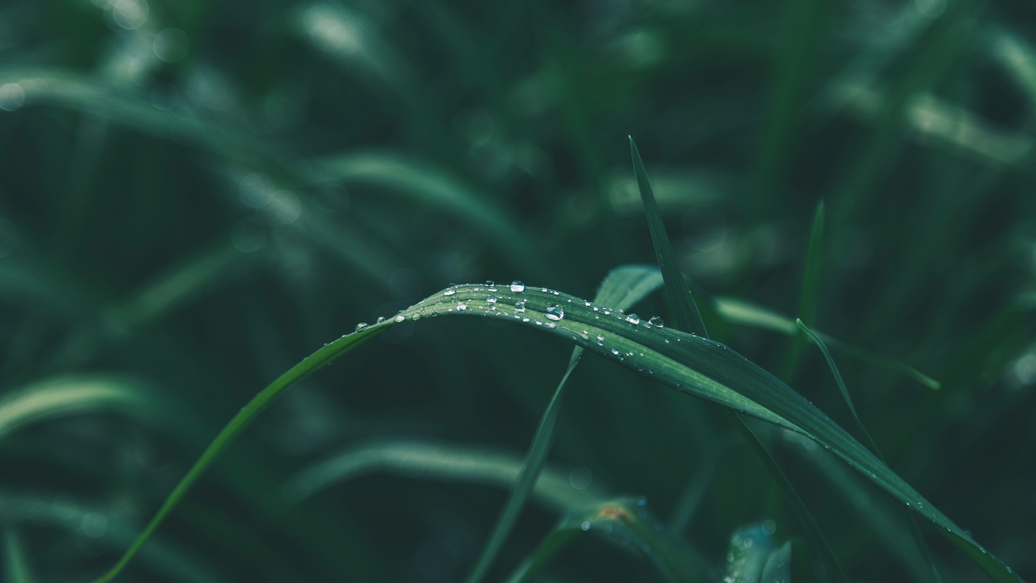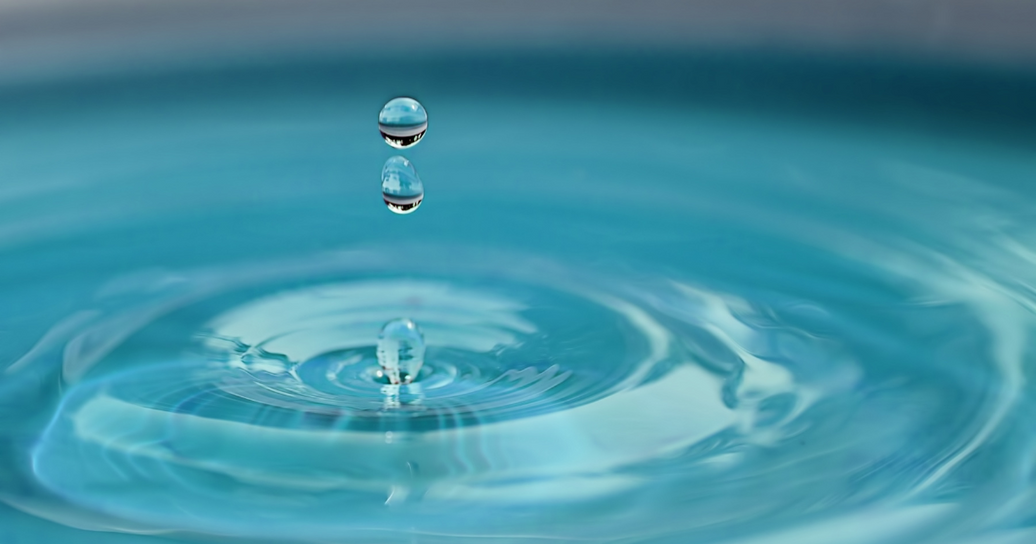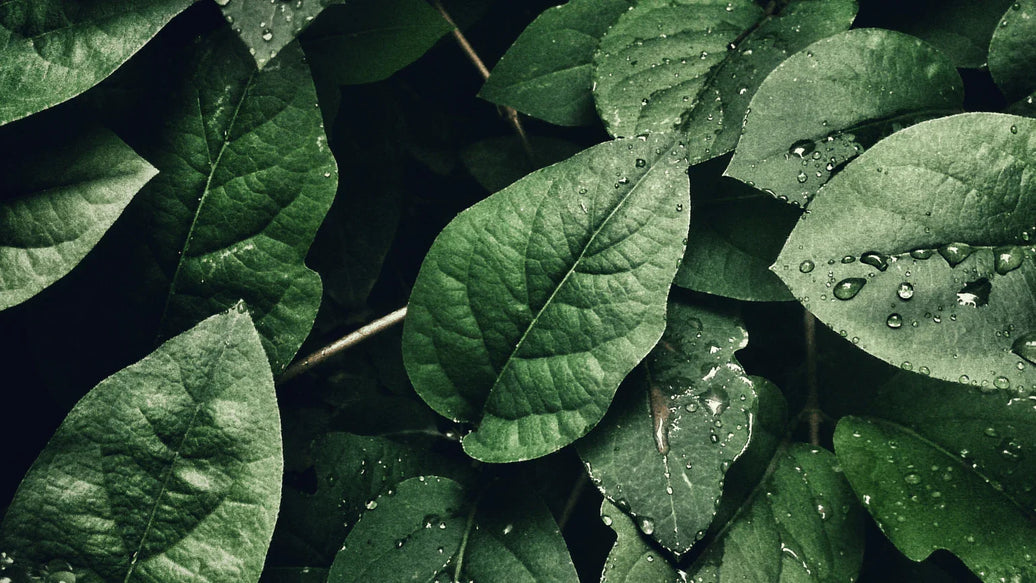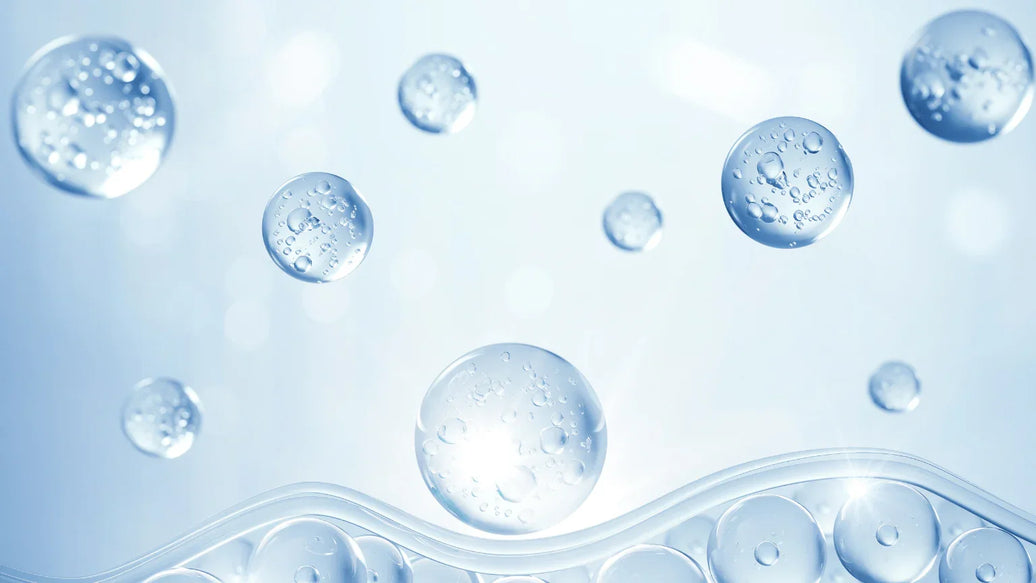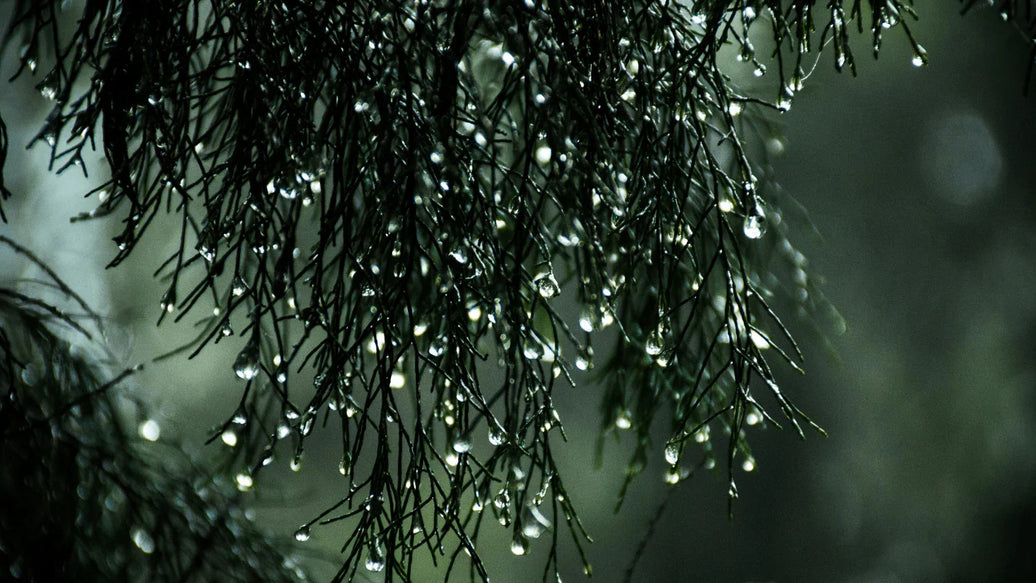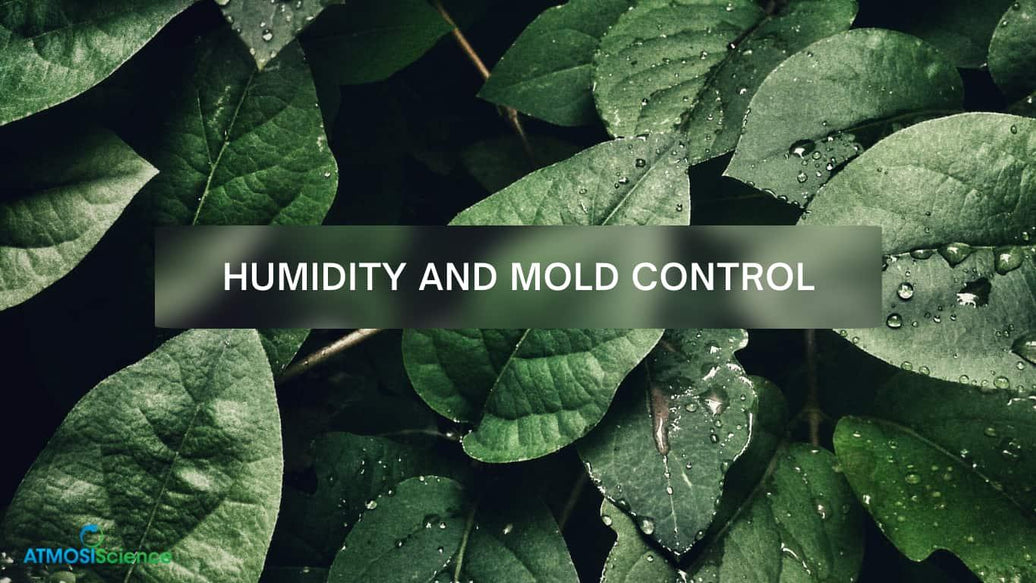Winter brings more than just cold-it drastically lowers home humidity in winter, affecting your health, comfort, and indoor air quality. In this ultimate guide, we break down why humidity in home during winter drops, how it impacts your body and living space, and what you can do to maintain optimal indoor humidity all season long.

Introduction to winter indoor humidity challenges
Understanding home humidity in winter
When examining house humidity in winter, research consistently shows that indoor environments become significantly drier during colder months. This phenomenon affects millions of homes across cold climate regions, with indoor relative humidity often dropping below 15-20% during the coldest periods. Studies from TalTech and Canadian building scientists reveal that cold outdoor air (-10 to -20°C or below) contains minimal moisture, and when this air enters buildings and is heated, relative humidity decreases dramatically without added moisture.
The physics of winter air and humidity dynamics
The relationship between outdoor temperature and indoor relative humidity during winter follows predictable physical principles. As demonstrated in the provided chart, indoor relative humidity increases linearly with outdoor temperature, rising from approximately 25% at -30°C to 50% at temperatures above 0°C. This correlation reflects fundamental thermodynamic properties – cold air holds less moisture and when heated indoors without additional humidification, creates dry interior conditions.

The chart clearly illustrates this relationship through three critical elements:
- The blue line representing actual indoor RH levels across varying outdoor temperatures
- The orange dashed line showing maximum recommended RH to prevent condensation
- The red dotted line marking the critical 30% RH threshold for health and comfort
Regional variations in humidity in home during winter
Research documents significant variations in humidity in home during winter across different regions. Swedish studies indicate approximately 70% of staff in offices, schools, and kindergartens report experiencing excessively dry air during winter months. These regional patterns reflect both climate conditions and building ventilation strategies, with mechanically ventilated buildings showing relative humidity levels below 10% compared to naturally ventilated structures.
Optimal indoor humidity levels and standards
Recommended ranges for ideal indoor humidity winter
Scientific consensus suggests that ideal indoor humidity winter levels generally fall between 30-50%, though this range must be adjusted based on outdoor temperature. As shown in the chart, maintaining this ideal range becomes increasingly challenging at extreme cold temperatures. Studies indicate that indoor environments should maintain humidity levels above 30% to minimize health risks but must be carefully controlled relative to outdoor temperatures to prevent condensation.
Temperature-dependent humidity guidelines
Research establishes specific humidity guidelines based on outdoor temperature to prevent condensation problems. As documented in multiple sources, different outdoor temperatures require different indoor humidity levels:
Research establishes specific humidity guidelines based on outdoor temperature to prevent condensation problems. As documented in multiple sources, different outdoor temperatures require different indoor humidity levels:
This temperature-dependent approach helps balance health considerations with building protection requirements. The chart illustrates this relationship clearly, showing how maximum recommended RH increases with outdoor temperature, from 15% at -30°C to 55% at 10°C.
Health effects of low indoor humidity in winter

Respiratory system impacts
Low indoor humidity during winter significantly affects respiratory health. Research from PubMed indicates that low humidity impedes mucociliary clearance, an important mechanism for removing inhaled particles and viruses from the respiratory tract. According to studies, respiratory issues increase considerably when indoor relative humidity falls below the critical 30% threshold shown on the chart. This explains why respiratory complaints increase during extreme cold periods when indoor humidity naturally falls below this level.
Skin conditions and dryness
Dry skin severity increases dramatically under low humidity conditions compared to optimal humidity. This reflects how low humidity accelerates transepidermal water loss, compromising skin barrier function. Studies document that humidity in home during winter below 25% significantly accelerates skin water loss, leading to itching and exacerbation of existing skin conditions. The chart shows that at outdoor temperatures below -25°C, indoor RH typically falls below 29%, creating conditions that increase skin dryness risks.
Eye irritation and overall comfort
Research explains how increased tear evaporation rates and reduced tear film stability in dry environments contribute to eye discomfort during winter months. Similarly, overall discomfort increases substantially under low humidity conditions, highlighting the substantial impact of humidity during winter on quality of life. The temperature-humidity chart demonstrates why these complaints become more common in extreme cold weather, as indoor RH naturally falls below comfort thresholds.
Pathogen transmission and allergies
Studies indicate maintaining relative humidity between 40-60% minimizes virus survival and transmission. Research suggests low indoor humidity in winter increases airborne particulate matter, while higher humidity (within the optimal range) reduces pathogen viability. The chart shows that achieving this optimal 40-60% range becomes increasingly difficult at outdoor temperatures below -5°C without active humidification.
Regional perspectives on winter humidity management
Cold climate challenges and solutions
Cold climate regions present unique house humidity in winter management challenges requiring specialized solutions. Research in Northern Europe shows that in Estonia, minimum relative humidity in dwellings during cold weather remains between 10-35%, below the minimum 25-30% threshold suitable for human comfort. These extreme conditions necessitate integrated approaches to building design and mechanical systems.
The temperature-humidity chart clearly illustrates why cold climate regions face greater challenges-at outdoor temperatures below -20°C, indoor humidity naturally falls below comfort thresholds without intervention, creating a persistent comfort and health challenge throughout winter months.
Urban vs. rural environment differences
Building location and surrounding environmental conditions impact humidity during winter management strategies. Studies show urban buildings often experience different humidity patterns than rural structures due to the urban heat island effect, building density, and other contextual factors that must be considered when developing winter humidity control approaches
Humidity control strategies for winter
Active humidity control
Active systems such as humidifiers and dehumidifiers play a crucial role in managing indoor humidity during winter. Whole-house humidifiers integrated into HVAC systems provide consistent moisture levels across the home, ensuring optimal indoor RH (30-50%). Portable humidifiers are cost-effective but require frequent cleaning to prevent mold and bacteria buildup. Steam humidifiers offer precise control and are beneficial for respiratory health but consume more energy. In humid climates, dehumidifiers help maintain RH below 60%, preventing mold growth.
Passive humidity control

Passive strategies focus on improving building design and materials to regulate humidity naturally. Ventilation systems, such as HRVs and ERVs, balance air exchange while retaining heat and moisture, making them ideal for cold climates. Air sealing prevents excessive moisture loss through cracks and gaps, while insulation improves thermal performance and reduces condensation risks. Hygroscopic materials like wood or clay stabilize RH by absorbing and releasing moisture but are most effective when integrated into construction.
Behavioral adjustments
Simple daily habits can significantly impact indoor humidity levels. Using range hoods while cooking, drying clothes outdoors, and running bathroom exhaust fans after showers reduces excess moisture generation indoors. These low-cost adjustments complement active and passive strategies.

Managing home humidity in winter isn’t just about comfort-it’s essential for your health and home. As temperatures drop, indoor humidity in winter can fall below safe levels, leading to dry skin, respiratory issues, and increased virus spread. The ideal range for indoor humidity during winter is typically 30–50%, but colder climates often make this harder to achieve. That’s why combining active humidification, smart building design, and simple daily habits is key to maintaining balance.
By understanding with ATMOSIScience how humidity in winter behaves and acting proactively, you can protect your health, improve comfort, and prevent long-term damage to your living space. Winter might be dry, but your home doesn’t have to be.





